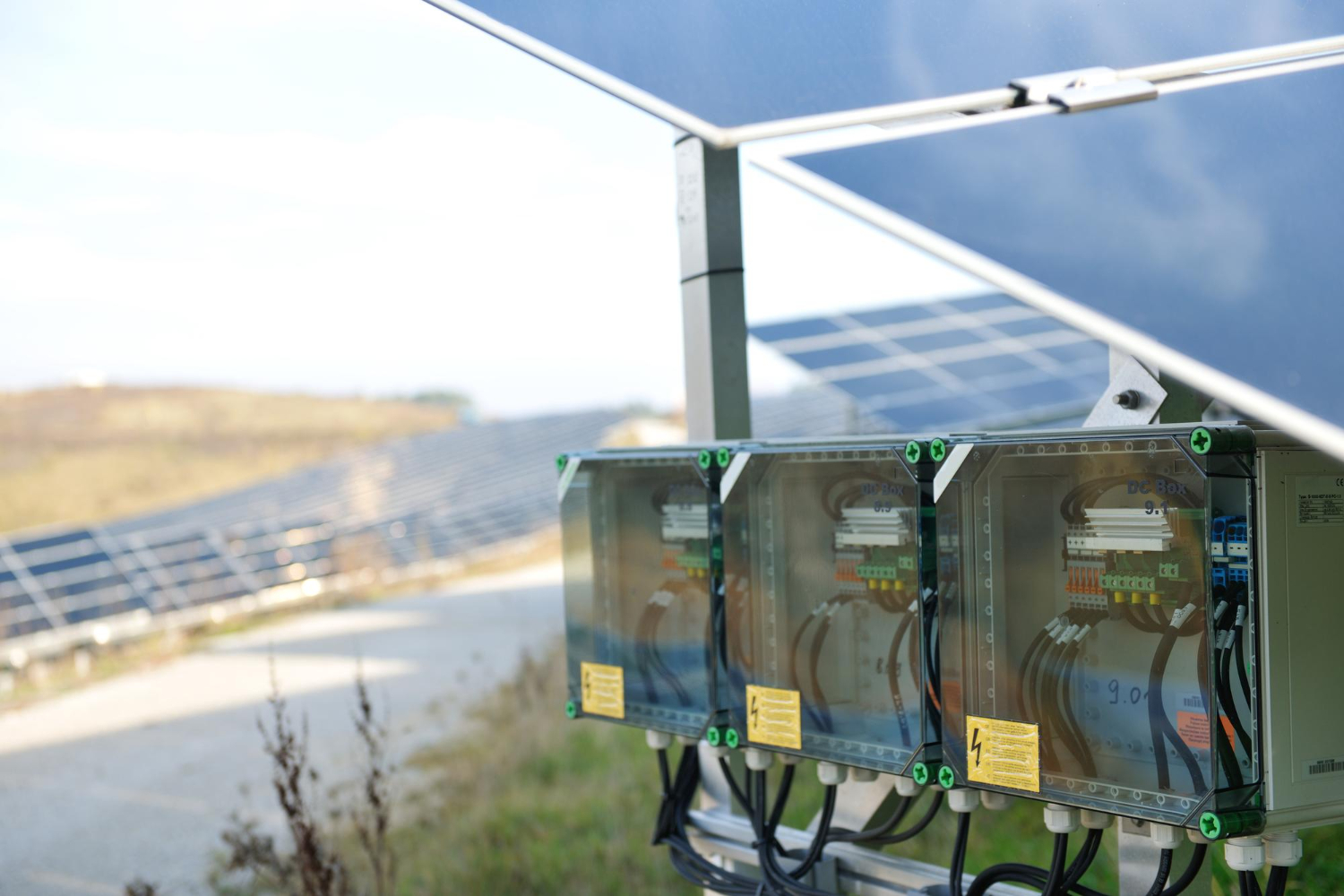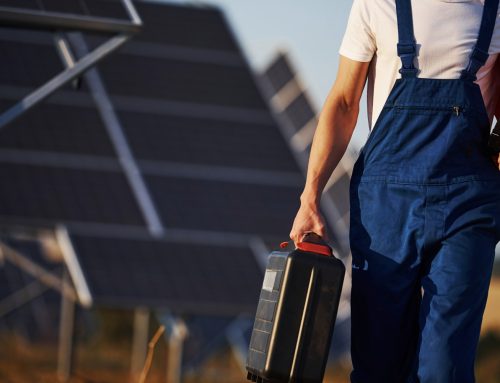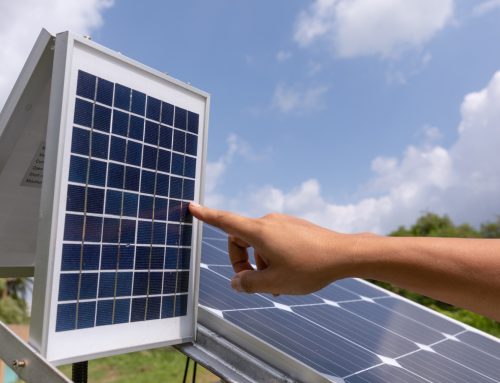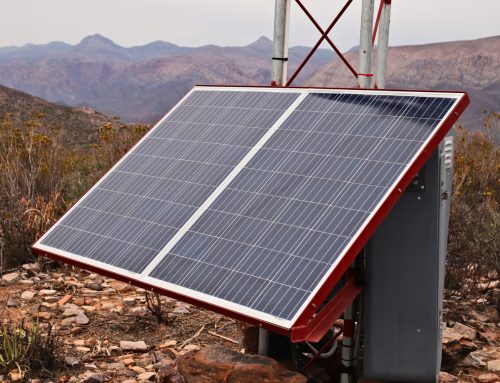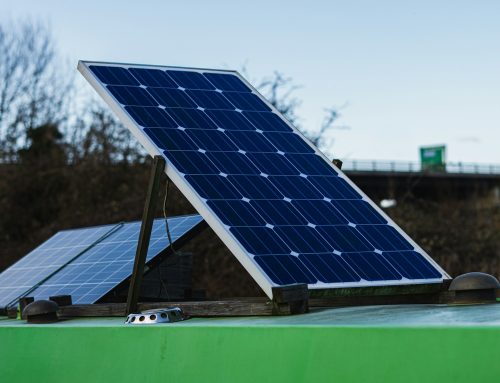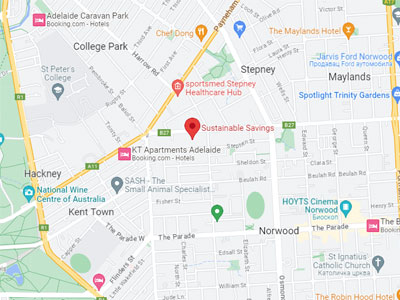Summer in Adelaide can be tough on any outdoor infrastructure, and commercial solar battery systems are no exception. While these systems are built to be durable, the South Australian heat can quickly push temperatures far beyond what batteries comfortably handle. If you’re investing in rooftop solar PV, battery performance during summer is something you’ll want to think about from day one.
When solar batteries get too hot, they can start to break down, lose charge capacity or stop working altogether. None of that is great for your business, especially if you’re relying on stored solar energy during peak demand times. That’s why protecting your battery setup against summertime overheating isn’t just helpful, it’s smart planning.
Understanding The Risks Of Overheating
Solar batteries store power generated by your panels, but they also generate internal heat as they charge and discharge. On mild and cooler days, this isn’t usually a problem. Once Adelaide’s dry summer sets in, though, outside temperatures can rise sharply and if solar batteries aren’t installed in protected, well-ventilated locations, this heat can build up fast. Add to that the heat generated by the equipment itself, and you’ve got a recipe for possible performance issues.
Here’s where the risks start stacking up:
– Battery chemistry starts to break down above safe operating temps
– Overall lifespan can shorten the longer batteries are exposed to heat
– Safety risks may increase if thermal limits are exceeded
– Energy storage capacity may temporarily or permanently reduce
You probably wouldn’t leave temperature-sensitive equipment running in an unshaded, sealed metal shed in February. The same thinking applies to your solar battery enclosure. Temperature control is part of long-term system planning, especially for bigger commercial systems that store higher energy volumes.
One example is a local Adelaide business that saw battery performance dip suddenly during an extra-hot week in January. Upon inspection by their energy provider, it turned out the battery bank was installed in a tin-roofed service shed with no airflow. Once they relocated it and added ventilation, peak charge levels bounced back almost immediately. That kind of quick-solve doesn’t happen if proactive planning isn’t the standard from the start.
Proactive Maintenance Tips For Summer
Keeping your solar batteries cool during the summer heat involves more than just taking them out of direct sunlight. A few simple tasks can ensure optimal performance and prevent overheating.
– Check ventilation: Make sure the battery enclosure is well ventilated. This helps heat escape. If you’re housing batteries in a shed or similar structure, adding vents or fans can make a real difference.
– Avoid direct sunlight: Position batteries so that they are not exposed to the sun. Using barriers or shade structures is an easy way to manage this.
– Inspect insulation: Good insulation helps control internal temperatures and shields batteries from spikes in external heat. Check for any wear and restore gaps early.
– Routine inspections: Keep an eye on battery terminals and wiring. Corrosion or loose connections can increase resistance, which generates extra heat.
– Clean surrounding areas: Dust and debris can reduce ventilation. Make sure the area around the battery bank remains clean, especially as dry summer winds pick up particles.
Stay ahead of issues by checking these basics before the hottest days hit. Regular checks can save time and money later by catching early signs of overheating or power loss.
Implementing Advanced Cooling Techniques
If your business relies heavily on solar storage or operates a large-scale system, basic upkeep might not be enough. In that case, introducing advanced cooling strategies becomes a worthwhile next step.
– Thermal management systems: These systems automatically regulate internal battery temperatures. Whether high or low, they keep the battery within the optimal range for performance and longevity.
– Heat sinks: Metal heat sinks pull excess heat away from the battery casing, providing passive cooling that works without mechanical parts.
– Fans and exhaust systems: Electric fans encourage increased airflow around your batteries. Pair those with strategic ceiling or wall vents, and you’ll remove heated air more effectively.
These tools work together to handle Adelaide’s summer extremes, especially in areas without natural shade or within sealed electrical enclosures. Depending on your setup, combining two or more cooling methods may offer a longer-term solution. Regular reassessments ensure cooling remains effective, especially if your building layout or energy usage changes over time.
Partnering with Professionals for Optimal Results
Even with all these strategies available, managing commercial battery systems isn’t just a once-off task. It takes experience and a proper understanding of electrical systems, airflow science, and equipment configuration. That’s where turning to professionals pays off.
Experts with experience keeping solar systems running through hot Adelaide summers can offer tailored guidance early in your setup process. They know what combinations of insulation, enclosures, and airflow match different commercial settings and can recommend the right brands, configurations, and even help rework current layouts.
For existing systems, a professional can carry out performance checks and infrared battery testing to identify any hidden hot spots that you might miss on a visual inspection. They can also validate if current thermal protection is adequate or if there’s a better solution to match your business’s energy profile.
It may sound minor, but having set-and-forget efficiency in place is one less operation to worry about when daily tasks take priority. Smart business owners value predictable system performance, especially during peak energy periods when stored energy equals saved dollars.
Keep Your Solar Batteries Cool and Efficient This Summer
Getting the most out of your solar battery system during the warmer months starts with understanding what high heat does to battery performance. Ignoring temperature factors can lead to reduced battery life, poor storage capacity, and avoidable safety concerns.
With a combination of routine check-ins and efficiency strategies, your solar setup can reliably meet your business’s energy demands. For some, simple ventilation and good insulation might be enough. For others, more advanced cooling setups may be the better option. The important part is doing something before a heatwave forces your hand.
When you rely on solar storage to deliver power during peak periods, smart design and expert management aren’t extras — they’re part of doing business right. A well-maintained solar battery system helps protect your energy investment not just in summer, but all year long.
To keep your commercial solar systems performing at their best throughout the hot Adelaide summer, consider smart strategies and solutions tailored to your needs. Ensuring effective solar battery maintenance can safeguard your investment against heat-related issues, preserving both performance and longevity. Explore how Sustainable Savings can support your solar goals with expertise built for South Australia’s climate.

